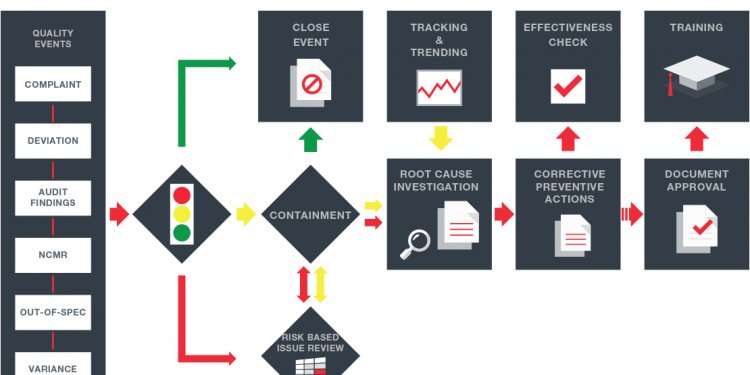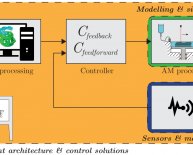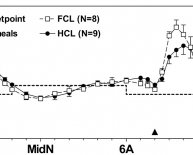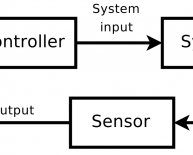
Closed loop process definition
Steve Earwaker looks at the processes and benefits of an emerging area of customer experience management that is attracting a lot of attention - closed loop feedback.
To really get the job done, customer experience management (CEM) must allow companies to 'close the loop' with customers. Closed loop feedback gives companies the ability to continue a dialogue, whereas typical customer feedback programs end the conversation or don’t start it at all.
Companies that engage in closed loop feedback gain substantially more ROI from their CEM programs than competitors, in the form of improved customer loyalty, greater employee engagement and stronger financial returns.
And it is this that is ensuring that it is receiving a lot of attention, making it one of the most exciting areas in CEM. So with that in mind, let’s look at the processes and the benefits more closely…
Feedback action
The closed loop feedback process involves identifying key touchpoints throughout the customer lifecycle and seeking out feedback at those touchpoints. But that’s just the beginning. Today’s top companies are realising that every response from a customer holds the potential for further conversation. By treating closed loop feedback as one step in reaching an end goal — to deliver great customer service — companies are reaping the benefits of more satisfied customers and more engaged employees.
In addition to collecting feedback, then, closing the loop with customers also requires listening to and acting on that feedback.
For example, if feedback is positive, a manager may follow up with a pleased shoe shopper to thank her for sharing her great experience — potentially helping the business identify a new best practice or service delivery technique. If the feedback is negative then the manager will offer a sincere apology and, depending on the severity of the complaint, perhaps free shipping on a future order, or a more significant gesture.
Closing the loop is enabled by the use of a feedback survey platform that, for the best CEM solutions, is supported by two key components.
- Technology must be scalable and flexible, able to grow with your company’s CEM platform and accommodate a diverse range of feedback at all customer touchpoints.
- CEM experts must be on hand and ready to step in with analytical and data support.
Closed loop feedback also requires a committed effort from a company. For the system to function, frontline employees must take a few minutes to call back customers who generously provide feedback on their recent experiences. This dedication to customer satisfaction involves a small but incremental investment of time and money that may on the surface seem foolhardy.
Catching at-risk customers
But closed loop feedback has the potential to help companies unlock many downstream benefits — for customers, employees and shareholders alike.
For customers, a key benefit of closed loop feedback is that issues are addressed immediately — practically in realtime. A truly sophisticated closedloop feedback solution will build in escalating alerts to frontline employees and managers, designating case owners responsible for following up with customers.
In this manner, closed loop feedback fosters greater customer loyalty by catching at-risk customers while the issue is still top of mind, before they become disillusioned with the company or even defect to a competitor. And for those customers who had a truly great experience, it reinforces the company’s excellent service in their minds.
For employees, closed loop feedback affords a unique chance to see the service cycle through the eyes of the customer, sparking greater employee engagement and inspiring service excellence.
Typically, a frontline employee plays a part in only aa small fraction of the customer lifecycle. For example, two employees at a gym - a receptionist and a personal trainer - serve many of the same customers, but in very different ways. One checks in customers and handles administrative and account issues, while the other delivers the core service of fitness training. Without closedloop feedback, the two employees may not truly see how their roles complement each other.
Closed loop feedback empowers every frontline employee to reach out to a satisfied or dissatisfied customer. By hearing about a customer’s experience from start to finish, frontline employees can better see where their roles fit into the larger process, and start to gain a deeper understanding of how they can make small adjustments to better serve customers in a way that unifies their actions with those of all of their coworkers.
Put differently, when your employees reach out to customers and connect, all of a sudden they see everything through the customers’ eyes. That creates a level of engagement with customers that your frontline staff wouldn’t otherwise get.

















